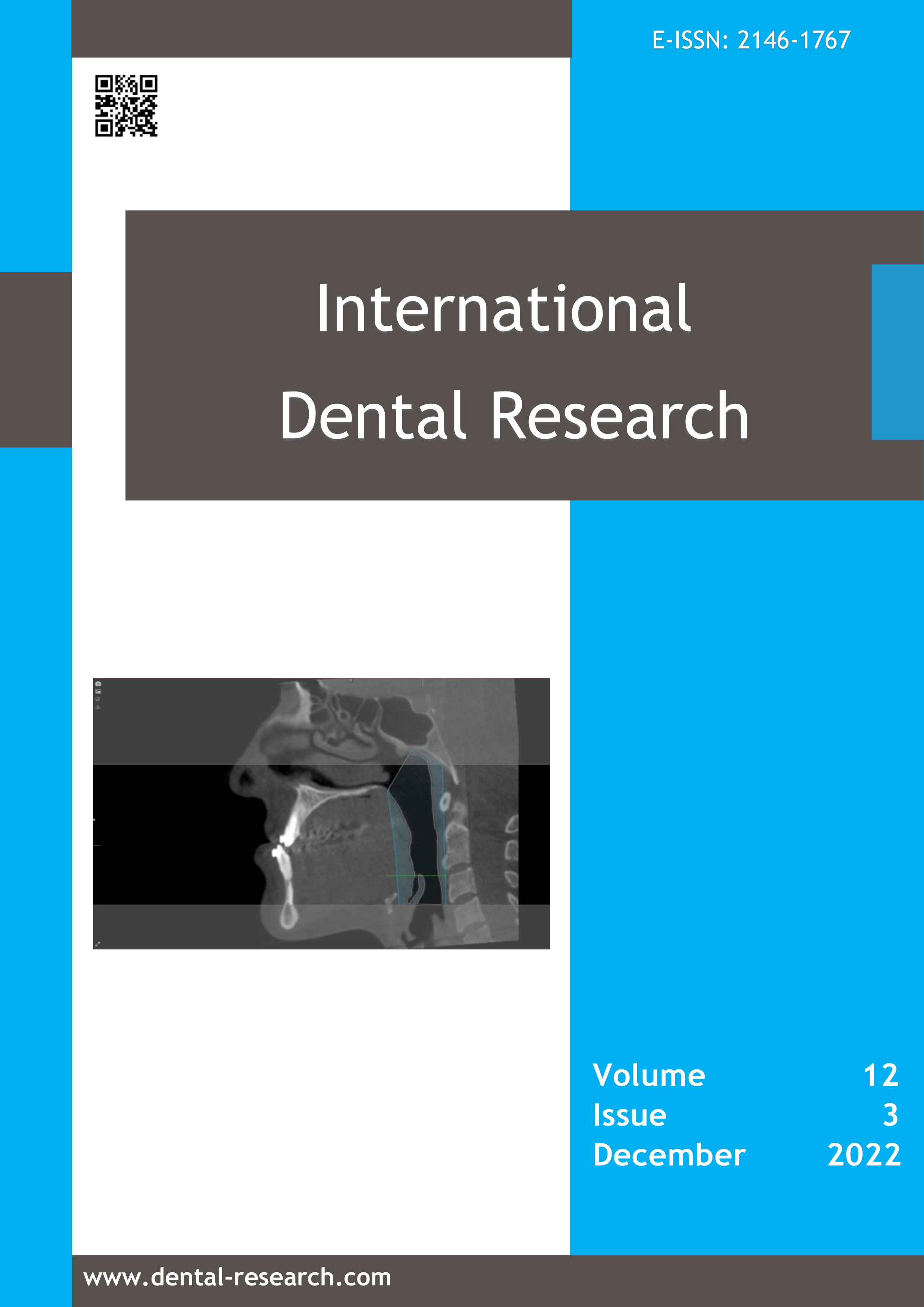Effect of repolishing on the surface roughness and color stability of air-abraded resin composites
Abstract
Aim: Air powder polishing (APP) can cause roughness on composite surfaces, and consequently the color change that occurs over time affects the aesthetic negatively. Here, we aim to investigate the effect of repolishing on the roughness and discoloration of resin composites after APP to avoid its negative effects for the first time.
Methodology: A total of 39 composite discs were randomly allocated into three groups: Group I: Control (n = 13), Group II: Air Powder Polished (n = 13), and Group III: Air Powder Polished + Re-polished (n = 13). Color and surface roughness of the discs were measured before and after immersion in coffee for 1 week. Color was measured using a colorimeter (CR-400, Konica Minolta), and roughness was measured using a surface roughness analyzer (SJ-400, Mitutoyo, Japan).
Results: All specimens in the groups, except those in Group III, showed significant changes in roughness, and all materials showed significant color changes after immersion in the coffee relative to the baseline. There was no statistically significant difference between the groups in terms of roughness and color.
Conclusion: In this study, we showed that repolishing after APP does not significantly improve the color stability and roughness of the composite restorations.
How to cite this article:
Altaş N, Sağır K, Aydınoğlu A, Gözetici Çil B, Keleşoğlu E, Sağır K, Hazar Yoruç AB. Effect of repolishing on the surface roughness and color stability of air-abraded resin composites. Int Dent Res 2022;12(3):137-42. https://doi.org/10.5577/intdentres.2022.vol12.no3.5
Linguistic Revision: The English in this manuscript has been checked by at least two professional editors, both native speakers of English.
Full text article
Authors
Copyright © 2022 International Dental Research

This work is licensed under a Creative Commons Attribution-NonCommercial-NoDerivatives 4.0 International License.
This is an Open Access article distributed under the terms of the Creative Commons Attribution 4.0 International License (CC BY 4.0), which permits unrestricted use, distribution, and reproduction in any medium, provided the original work is properly cited.

